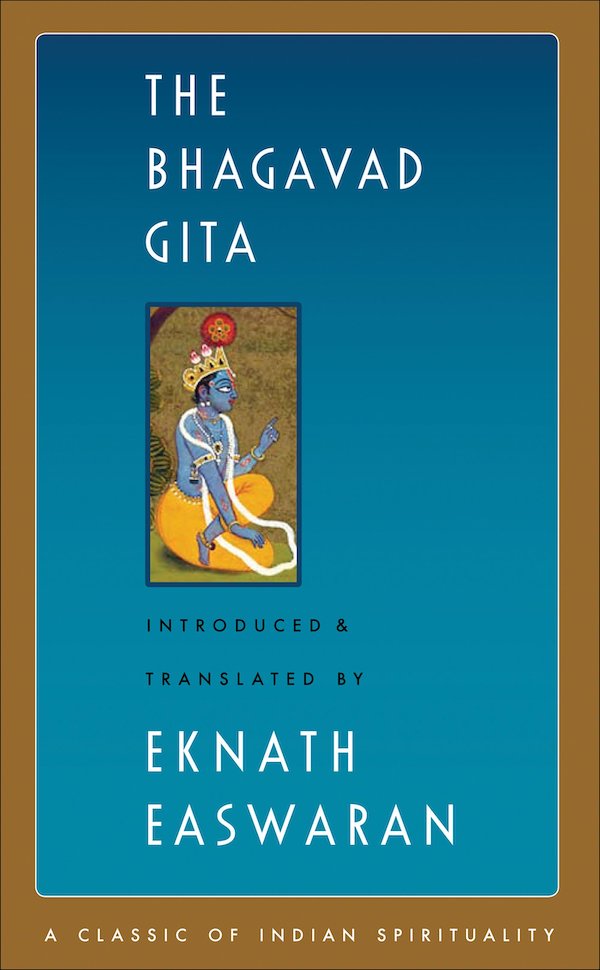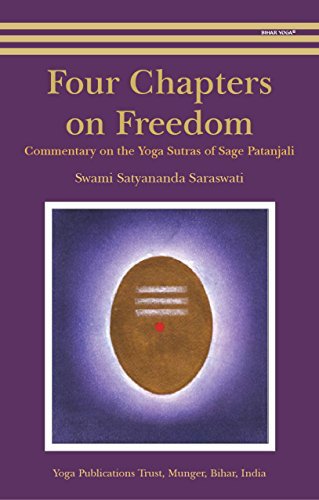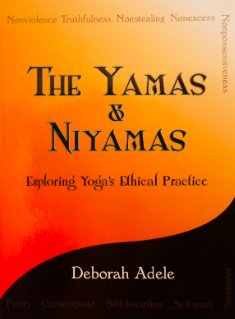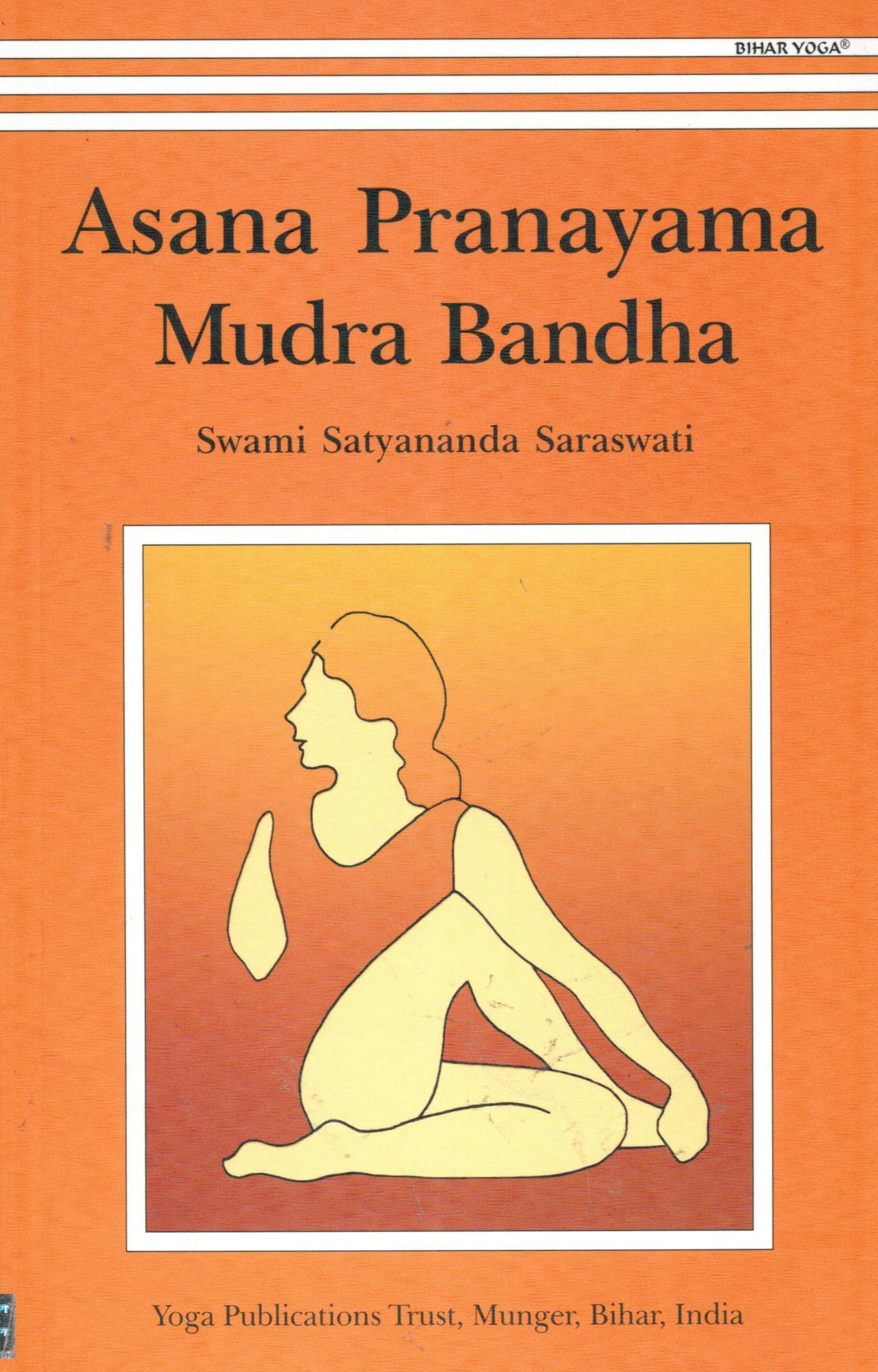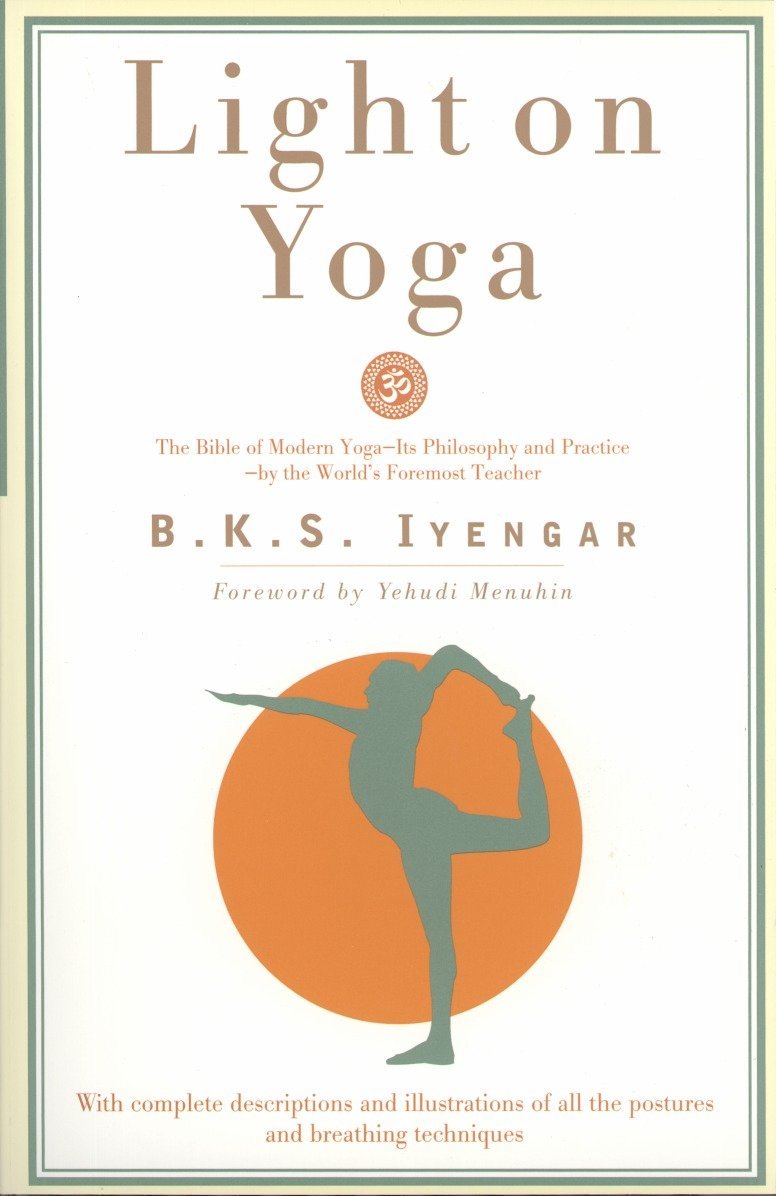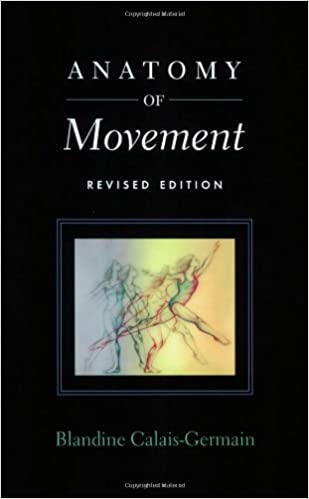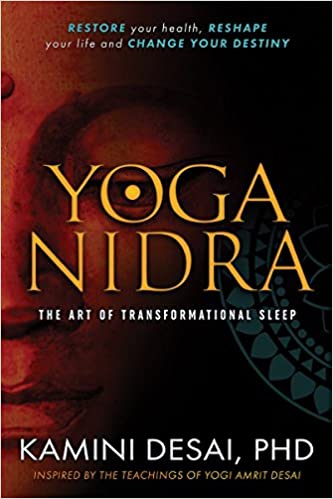
Can I learn yoga through books, or can I learn on my own?
“I do not recommend reading books to anyone. The more unfamiliar people, I advise them to read themselves, to look inside, and stay in silence. This is more useful than any book!”
This is what Vitalii Shakirov, better known as @cat_shanti, replied to me when I reached out to him about this post. He is one of the inspiring yogis who’ve contributed their bit to make this list a useful resource for yogis of all levels.
I know his answer contradicts the entire point of this article. However, I feel it is a valid point worth mentioning. Remember that books can give you much, but no book can teach you the things that you can learn by going within.
My teachers in India would also say that yoga is 90% practice. The other 10% is attaining the right knowledge that teaches you the end goal of life. I am not talking about getting into university, being hired in a prestigious company, buying a new house, car, or anything of this sort. The real goal of life, transcending any physical needs or desires, is Moksha. It is freedom from the karmic cycles and all ignorance.
With this said, here are 12 recommendations on the best yoga books that have helped other yogis get the knowledge they needed. Everyone is walking their path, so naturally, there will be differing texts that might transform your life.
These books touch upon topics such as:
Best Books on Yoga Philosophy
These books discuss the philosophical foundation of yoga, the reason and meaning behind everything yogis do. They give insight into ways you can use yoga to improve your everyday life. Anchient reads such as the Upanishads, Bhagavad Gita and Yoga Sutra are regarded as some of the most important yoga texts of all time. Thus, many consider them essential books for anyone who seeks to live like a true yogi.
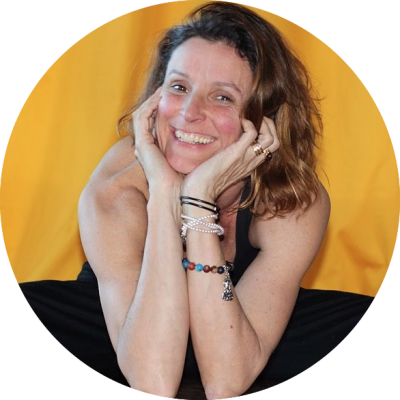
Essence of the Upanishads: A Key to Indian Spirituality
by Eknath Easwaran
“The Upanishads are one of the earliest sources of Indian spirituality and a must-read for any yogi. They provide lots of wisdom about how to live an awaked life. In this book, Eknath Easwaran (one of my favorite writers) explains the fundamental ideas of the Katha Upanishad. I highly recommend reading more of Eknath Easwaran’s books (including the Bhagavad Gita). He’s a brilliant and very accessible writer.“
Bhagavad Gita
by Eknath Easwaran
One of the most prominent philosophical texts in the East. It is written in a dialogue form, conveying the conversation between Lord Krishna and Prince Arjuna. The scripture explains the essence of Atma (consciousness), the three Gunas (properties of the mind), Karma-yoga (yoga of action), Prakriti (the original source of the material world), bondage and liberation, and so much more. It is a book full of wisdom that can be re-read numerous times, and each time you will find new value.
Four Chapters on Freedom: Commentary on the Yoga Sutras of Patanjali
by Swami Satyananda Saraswati
The Yoga Sutra is one of the foundational texts on Yoga. As the name suggests, it was written in sutras, short statements passing down thousand-year-old knowledge. Reading sutras is difficult because they are too concise for the untrained person. They say that back in the day yogic knowledge was only passed down from a guru to his disciples. The guru would read and interpret the sutras, teaching only the “right” knowledge.
Four Chapters in Freedom is essentially what a guru used to share with his students. It expands on the sutras; it gives details, explanations, examples so that the Yoga Sutra becomes comprehendible.
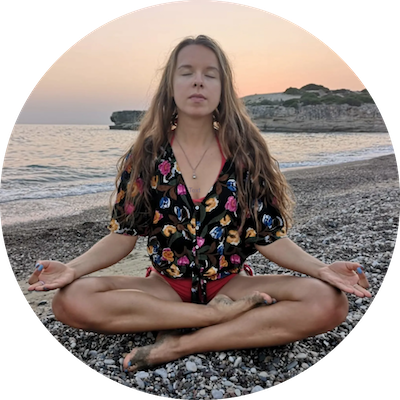
The Yoga Sutras of Patanjali: Commentary on the Raja Yoga Sutras
by Sri Swami Satchidananda
“This is the first book that I have ever read as a yoga teacher. It was recommended to me during my training in India and I will never forget the fundamental teachings and knowledge from the wise words of Pantajali.
The book covers various yogic teachings including ethics, meditation, and physical postures; which we can all use to better our own lives. Reading the book, I felt strongly connected to ancient yogic wisdom. The commentary by Sri Swami Satchidananda made the book accessible and linked to the practical ways that the book can be applied to balance your mind and live the best life that you can.
A must-read if you want to understand what yoga is about; as it’s so much more than fancy asana names and postures. Namaste.”
The Yamas & Niyamas: Exploring Yoga’s Ethical Practice
by Deborah Adele
Anyone who wants to practice yoga off the mat can benefit from exploring more about the Yamas and Niyamas, the ethical norms of yoga. Deborah Adele writes about them in a modern and inspiring way that helps you understand how you can apply these timeless principles in your everyday life.
If you are curious about this topic, I also encourage you to read my thorough article on Ahimsa (non-violence), the first Yama. It is a base concept in all yogic practices.
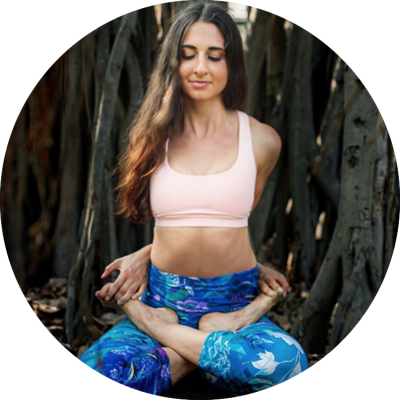
Meditations from the Mat: Daily Reflections on the Path of Yoga
by Rolf Gates, Katrina Kenison
“This is my most favorite yoga book that discusses each of the 8 limbs of yoga in depth. There are 365 meditations or passages in the book that help you integrate yoga into your daily life. There are a million beautiful quotes, tips, mindsets to inspire you and enhance the way your practice and ultimately live. This book made me realize that yoga is so much more than a physical practice but a way of disciplining the mind and body and an intricate way of connecting more deeply with your soul. Happy reading!”

Best Books on Yoga Alignment and Anatomy
These books explain how you can deepen your physical practice, progressing while keeping yourself safe from injuries. They are essential to beginners who might go too far due to lack of knowledge, but also to advanced yoga teachers who are always concerned about the safety and wellbeing of their students.
Asana, Pranayama, Mudra, Bandha
by Swami Satyananda Saraswati
This is a comprehensive yoga manual that explains in detail various asanas, pranayama techniques, mudras, and bandhas. The book gives insight into how each element is performed along with its benefits and when it is best to avoid it.
I have learned a lot of valuable practices from this book and shared some of them with my students.
Let me tell you a story.
At the start of the lockdown, one woman contacted me via Facebook. She said she was recovering from a serious illness. She was feeling too fatigued to get out of bed so advising her to try complex asanas was out of the question. I recommended her the Pawanmuktasana Series I, a sequence of anti-rheumatic movements that allow the free flow of Prana throughout the body. In a matter of a few weeks, this woman wrote to me again, saying these simple joint rotations have had a tremendous effect on her wellbeing. This woman, I have only spoken to over the internet, is one of my most loyal and grateful followers.
Through this book, I have gained knowledge that gave sense to all learning.
Light on Yoga
by B. K. S. Iyengar
B. K. S. Iyengar, the founder of the “Iyengar Yoga” style, is one of the most revered teachers of all times. His yoga books are highly acclaimed and considered classics.
Light on Yoga goes through traditional Hatha yoga asanas, explaining how to get into them and what their effects on the body are. There is also a guide on preparatory poses recommended for achieving advanced asanas. It can help beginners progress in their practice.
In an Appendix, the guru offers a 300-week course on starting with some accessible asanas and progressing to advanced poses like One-Legged King Pigeon and Feet to Head pose.
Another Appendix focuses on asanas series that can be alleviating to people with diverse health problems, such as anemia, arthritis, high and low blood pressure, gout, hernia, and much more. This advice is based on Iyengar’s experience with students.
Anatomy of Movement
by Blandine Calais-Germain
This is a book on applied anatomy. It explains the musculoskeletal system and gives insight into how its structures operate during physical activity. The book boasts over 1,000 simple drawings, accompanied by clear and concise explanations. Many teachers and coaches cite this as their “go-to” guide to movement.

Science of Yoga: Understand the Anatomy and Physiology to Perfect Your Practice
by Ann Swanson
“As a physical therapist and yoga teacher, I love encouraging people to get to know the body. Understanding how the body works during yoga can not only deepen your practice but prevent injuries as well. Anatomy and movement can be intimidating concepts, especially to new practitioners.
The Science of Yoga breaks down the anatomy and physiology of basic and intermediate poses with beautiful illustrations to help you visualize movement from the inside out. This deeper understanding will help you connect your mind and body instead of just going through the motions.
This is a must-read for beginner and intermediate practitioners alike that presents the information in an easy and approachable way.”
Yoga Adjustments: Philosophy, Principles, and Techniques
by Mark Stephens
This book provides a lot of information on yoga poses and how to adjust students.
I believe giving adjustments is one of the essential skills for any yoga teacher because it is an element that makes an in-person class irreplaceable. Watching a YouTube video, or even a live class, can never give you the value and assistance of human touch.
It is also useful that Mark Stephens teaches a student-focused approach, rather than trying to adjust students to fit into poses. He advises on always asking permission before touching someone and respecting their boundaries, and understanding that personal limits might change during a class.
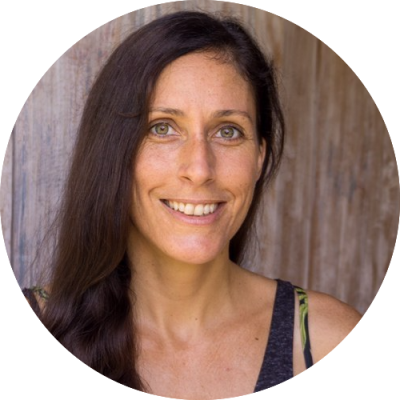
Restore and Rebalance: Yoga For Deep Relaxation
by Judith Hanson Lasater
“This is an amazing reminder of how to relax. Relaxation needs to start by relaxing the body and Restorative Yoga is one of the easy ways to attain this state. This book is for everyone that wants to learn how to practice Restorative Yoga. It is a clear and precise book full of explanations and ways to get into the Restorative shapes. As a Yoga practitioner yourself, it is a great way to start developing a self-practice focused on easy self-care that can improve your mood, your energy and even help you release some discomfort that is physical or mental.”

Best Books on Meditation
Asana, the physical practice of yoga, is meant to bring comfort to the body for long hours of sitting but also restore the mind-body connection. Both of these aid with concentration and alertness, which ultimately leads to meditation.
Yoga Nidra: The Art of Transformational Sleep
by Kamini Desai
Kamini Desai writes in an accessible and intriguing manner. In this book, she uses lovely comparisons that help you understand what Yoga Nidra is.
The main focus of the book is on the six tools of Yoga Nidra that help you attain this practice’s incredible benefits. There are also separate chapters on how Yoga Nidra can work for your health, depression or anxiety, sleep disturbances, addictive habits, or traumas and PTSD.
Lastly, Desai also provides a Yoga Nidra script you can use to record yourself or to guide others into this transformational state of consciousness.
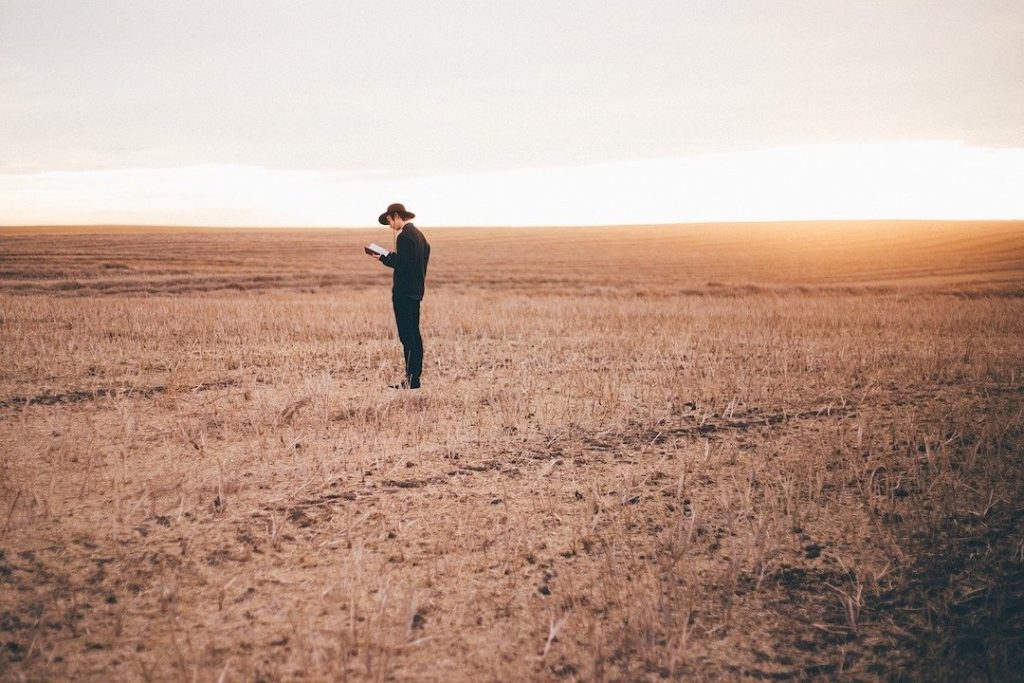
Books Not Directly Related to Yoga
I was curious to find out that many yogis have been influenced by books that are not directly related to yoga. These books have influenced their practices, understandings about life, and much more.
The Surrender Experiment: My Journey into Life’s Perfection
by Michael Alan Singer
“This book was recommended to me by my meditation teacher at the start of this year. I ordered it and put it on my bookshelf. I only picked it up a couple of months ago when I had to go into self-isolation for two weeks.
The book tells a story of what can happen when one decides to let go of personal preferences and simply let life call the shots.
I was in the middle of reading another book and wasn’t planning on starting a new one, but I felt like I had to do it. You know that quote: “When the student is ready, the teacher will appear”. I strongly believe that this book was my teacher during a difficult time. I could relate to every single word written. It helped me see the bigger picture and let go of the little things.
As a result, I’m learning to accept everything that life throws my way and be okay with it. I’m learning to have an open mind and approach every situation with curiosity. I’m also learning to tune into what I would usually resist and watch the magical things that happen as a result of it. I would recommend this to anyone interested in personal-development or just looking to live a more simple and happier life.“

The Essential Rumi
by Jalal al-Din Rumi
“Rumi entered my life in one of the loneliest times I have ever experienced. He opened my eyes to see the people who were there for me. He taught me about the beauty of solitude; he helped me acknowledge and expand the love I have within, to feel loved under the moonlight and the sunlight, and to let the heart speak out loud without any resistance.
Rumi’s words have inspired many of my meditations. I sometimes dedicate my yoga practices to some of his lines.
He is one of the mystic poets I believe every yoga practitioner should explore. You can see how his words resonate (or not) with you.
I bet one of his books will always stay on my shelf so I can open it when I have a question, or when I need a sip of inspiration, or when I am looking for the aesthetic pleasure which sometimes is so desperately needed.”

Waking the Tiger: Healing Trauma
by Peter A. Levine
“If you are seeking to have a better understanding of trauma and how it manifests in our bodies, then reading Waking the Tiger is a profound place to begin.
Peter Levine is the originator and developer of Somatic Experiencing. In this book, he emphasizes the importance of discharging all the energy mobilized to negotiate a threat (real or perceived). Otherwise, one will become a victim of trauma – for as we know, energy cannot be created or destroyed. Instead, it persists in the body and often manifests itself through symptoms of anxiety, depression, and psychosomatic and behavioral problems. These symptoms are caused by containing the undischarged residual energy.
Wild animals, however, instinctively discharge all their compressed energy and rarely develop adverse symptoms. For example, zebras shake it all off! Just after the chase, from which the zebra has narrowly escaped, the animal will shake its entire body, releasing the fear, stress, and trauma the animal just endured. The zebra will shake for a couple of minutes and then move on and not dwell on the event. Unfortunately, we humans are not as skillful in this arena. We often become victims of trauma due to not knowing how to correctly dispel the residual energy that a traumatic event builds up.
This book beautifully sheds light on how we can use this knowledge of trauma to empower ourselves and others towards moving through and out of trauma. This begins with moving with awareness and in noticing both the emotions and bodily sensations that arise. Awareness means: “bringing some “thing” into consciousness that was once unconscious” and this is where the change occurs, resulting from a shift in consciousness.
I think that movement and meditation both help to quiet our minds enough to slow down and focus on the tension we often hold in our bodies. By noticing it, we can then begin to address it and move through it.”

So many interesting yoga books! Where sould I start?
I believe that intuitively you will be drawn to what you need the most. See which description or book cover draws your attention. There doesn’t need to be a logical reason as to why a certain yoga book is pulling you. As many of the yogis in the post would recommend: just go with the flow.
